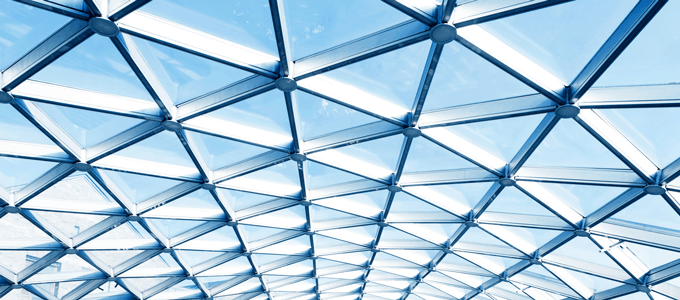The Usage of Special Techniques
The production of such components requires advanced technology and expertise in the material sciences and special know-how and R&D backed up propriety alloys and recipies. Examples are the hangers found in the rotary kilns used by the cement sector in which temperatures can reach 750-1000 °C, the production of heat treatment supports or tables, the tools used in iron and steel factories, and several medium-alloy thermal-shock resistant components used where sintering is conducted: these must all be produced from heat and creep-resistant materials. Due to its expertise in material sciences and its use of special techniques, Firmametal is able to produce such components within its ecosystem.
Nitrogenization Method
In order to increase the corrosion and high temperature creep-rupture resistance, the high chrome and nickel as alloying elements uses and, alloying route and sequence and necessary melting treatments are vital and necessary. When chrome is used in heat-resistant steel products, the steel’s creep-rupture resistance does not perform in standard even though its core resistance is successfully increased. However, when nickel is included, the toughness along with corrosion resistance increases. These components should not exhibit creep (shape deformation & extention). All these processes requires precision techniques that varries amongst different products. But even though one of the important techniques Firmametal uses for to prolong creep-rupture life of the even highly chrome-nickel alloyed material is nitrogen-embedding method. The FeCr alloy that is used in a pro-nitrogenized form. When standard alloying FeCr nitrogens comes from the environment , it results in fractures in crystals boundaries candy rocky shapes. By nitrogenizing the ferrochrome with special techniques, Firmametal places nitrogens at the center of crystals instead of boundaries in question at the final phase of the process with propriety alloying method. The nitrogen placed at the core prevents the material from displaying creeping even at very high temperature applications.

